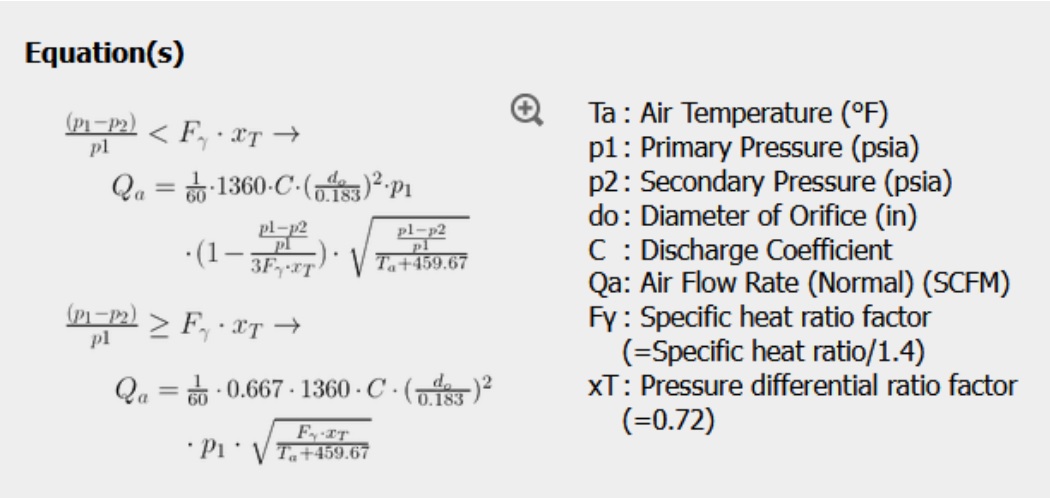
Originally Posted by
kingtal0n

Boost is not a major determining factor. For example 9:1 compression and 32psi of boost with zero degrees of timing is fine on 93 octane fuel at 112*F in an 86x86 engine like a 4g63, 2jz or sr20. 500-600rwhp that dynojet.
14psi of boost in the same engine at 150*F IAT is a disaster in progress, total destruction on 93 octane even with zero degrees of timing.
While boost can give us some idea of cylinder fill that has some influence on rate, IAT is far more influential as the fuel quality goes down.
And then as fuel quality goes up, e.g. alcohol we can get away with roughly similar timing at 15 as 30psi on some engines. Again showing that boost is not a limiting.
For example a RB25 could be fine 16* at 20psi on E80, hundreds of those out there running air to air intercoolers and 108-112*F IAT
Say we install air/water and get down to 65-77*F IAT, boost drops but the wastegate detects it and the turbine demand increased wheel speed to maintain the same boost pressure.
Now massflow has increased at the same boost pressure, wheel speed is higher, power increases at the new lower IAT, and we are removing couple degrees of timing instead of adding it despite same boost and reduced IAT.
Thus, boost can go down and we remove timing. Boost can go up and we remove timing. Boost isn't the deciding factor and cylinder VE only plays part of the role in timing decision.




 Reply With Quote
Reply With Quote

